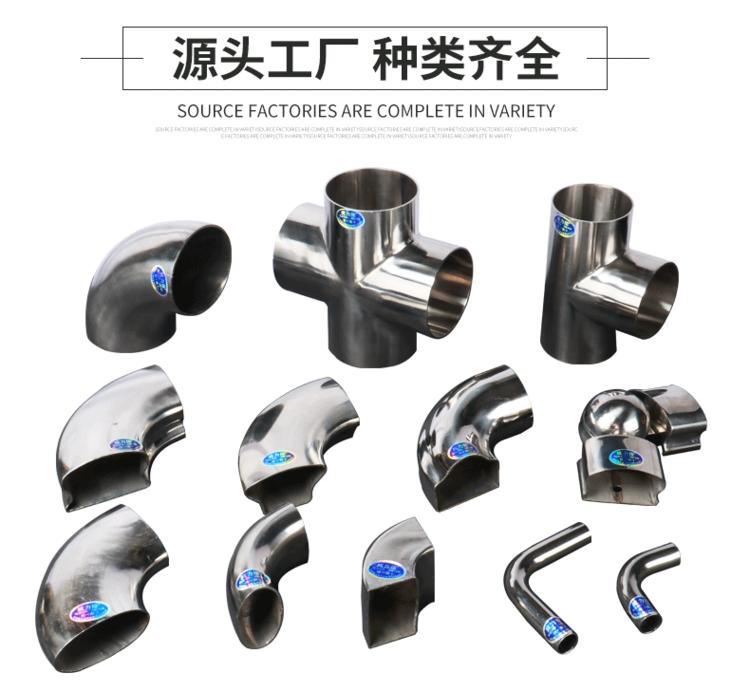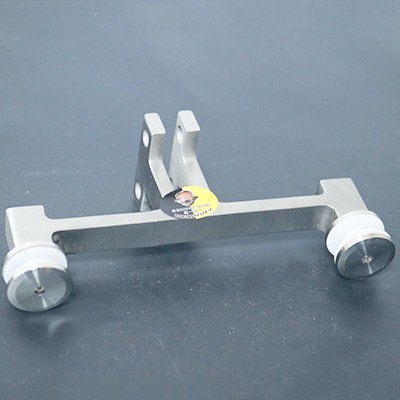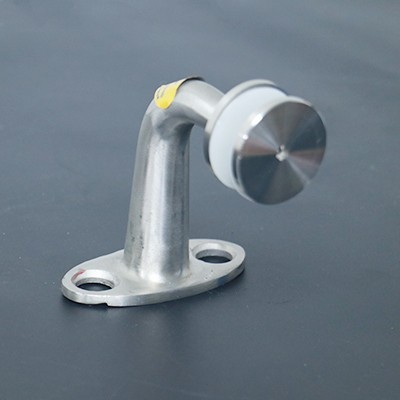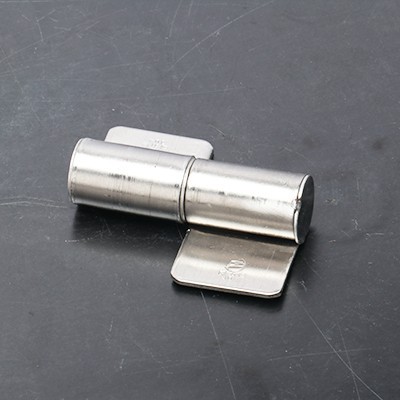The main difference between stainless steel elbows and carbon steel elbows lies in the material. The chemical components they contain can prevent the surface of the elbow from rusting and being corroded for a long time. In pipeline systems, elbows are pipe fittings used to change the direction of the pipeline. By Angle, there are three most commonly used types: 45°, 90° and 180°. Additionally, depending on the engineering requirements, there are also other non-standard Angle elbows such as 60°.
The main difference between stainless steel elbows and carbon steel elbows lies in the material. The chemical components they contain can prevent the surface of the elbow from rusting and being corroded for a long time. In pipeline systems, elbows are pipe fittings used to change the direction of the pipeline. By Angle, there is45°and90°180°The three most commonly used ones, and in addition, according to the engineering requirements, they also include60°Other non-standard Angle elbows, etc.

The characteristics, classification and uses of stainless steel elbows
1Long service life
Stainless steel pipes have a long service life, and the service life of stainless steel water pipes can reach100Years, at least70Years, as long as the lifespan of a building.
2Corrosion resistance
One of the outstanding advantages of stainless steel pipes is their excellent corrosion resistance. This is because stainless steel can undergo passivation with oxidants, thereby forming a tough and dense chromium-rich oxide protective film on the surfaceDr2O3It can effectively prevent further oxidation reactions.
3Heat resistance and heat preservation
The thermal conductivity of stainless steel pipes is that of copper pipes1/25It's made of ordinary steel pipes1/4It is particularly suitable for hot water transportation. The commonly used stainless steel in the water industry is304and316Stainless steel, they can meet most water treatment conditions.
4Strength
The strength of the material determines whether the water pipe is firm and reliable. Under the impact of external force, the possibility of stainless steel water pipes leaking is extremely small.
Classification of stainless steel pipe fittings:
Stainless steel pipe fittings are a type of pipe fittings made of stainless steel, thus they are called stainless steel pipe fittings. It includes: stainless steel elbows, stainless steel tees, stainless steel crosses, stainless steel reducers, stainless steel pipe caps, etc.
Due to the excellent corrosion resistance of stainless steel, stainless steel elbow manufacturers can ensure that structural components maintain the integrity of engineering design. Chromium-containing stainless steel also combines mechanical strength and high ductility, making it easy to process and manufacture components, which can meet the needs of architects and structural designers. Stainless steel pressed elbows will not cause corrosion, pitting, rust or wear. Among building metal materials, stainless steel remains one of the high-strength materials. Auxiliary materials should be prepared with an appropriate amount of cerium tungsten electrodes, cotton yarn, acetone, special cooling oil for cutting, and no less than99.99%Argon gas.
Precautions for using stainless steel pressed elbows
1When in use, the electrode should be dry. Titanium-calcium type electrodes should be kept dry150°CIt's boring.1At hours, the low-hydrogen type should be200-250°CIt's boring.1When drying (without repeated drying), avoid oil and other dirt on the coating of the electrode to prevent increasing the carbon content in the weld seam and affecting the quality of the welded part.
2To prevent intergranular corrosion caused by heating, the welding current should not be too large, approximately less than that of carbon steel electrodes20%The arc should not be too long, and the interlayer cooling should be fast. Narrow weld beads are preferred.
3For stainless steel pressed elbows, add an appropriate amount of stabilizing elementsTi,Nb,MoEtc., to improve corrosion resistance and solderability. When using the same type of chromium stainless steel electrode, it should be preheated to200℃The above, and tempering to after welding800℃If the welded parts cannot undergo heat treatment, chromium-nickel stainless steel electrodes should be used.
4The coating of stainless steel pressed elbows includes titanium-calcium type and low-hydrogen type. The titanium-calcium type can be used for AC and DC, but when AC welding, the penetration depth is relatively shallow and it is prone to redness. Therefore, DC power supply should be chosen as much as possible.
5When welding stainless steel pressed elbows, repeated heating will separate out carbides, thereby reducing corrosion resistance and mechanical properties.
6Stainless steel stamped elbow welding rods have excellent corrosion resistance and are widely used in the manufacturing of chemical, petroleum and medical machinery.





 +86 189-2994-8884
+86 189-2994-8884  +86 40000 18348
+86 40000 18348 workweixine4959b@www.wlh348.com
workweixine4959b@www.wlh348.com Building K, Jinguagang Ceramic Market, Shiwan Street, Chancheng District, Foshan, China
Building K, Jinguagang Ceramic Market, Shiwan Street, Chancheng District, Foshan, China
 Wechat QR code
Wechat QR code Mobile phone QR code
Mobile phone QR code Wechat official account
Wechat official account